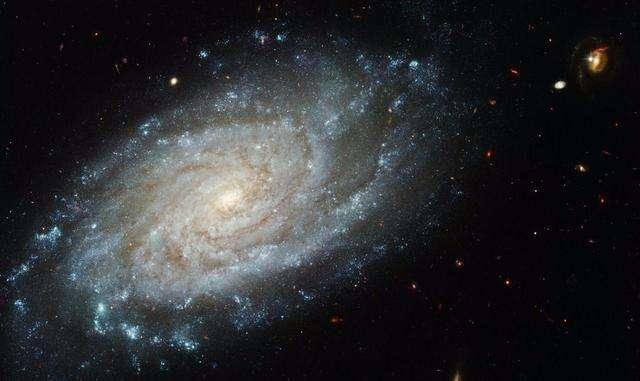The European Space Agency’s (ESA) Gaia team has released the largest, most accurate, and most detailed map of the Milky Way to date, including data from nearly 2 billion stars collected by the Gaia probe, describing a ‘starquake’ , stellar DNA, asymmetric motion, and other new insights. ESA said the findings will “revolutionize our understanding of the Milky Way”.
This release is the third batch of data from the “Gaia” mission, including the chemical composition of stars, stellar temperature, color, mass, age, and the speed of stars approaching or moving away from people (radial velocity). The data also includes special subsets of stars, such as those that change in brightness over time.
Gaia also detected more than 100,000 so-called “starquakes,” which the ESA likened to “massive tsunamis that churned stars.” This allows scientists to infer how the interior of a star works and the density and temperature inside it.
The chemical composition of a star is like its DNA, which records important information about its origin. This time, Gaia has revealed the largest chemical map of galaxies to date combined with 3D motion, covering smaller galaxies from near the sun to around Earth. Gaia’s data, revealing migration processes within the Milky Way and accretion processes in outer galaxies, clearly show that both the Sun and Earth belong to an ever-changing system composed of stars and gas from different sources.
Another new addition to the dataset is the largest catalog of binary stars to date, thousands of solar system objects such as asteroids and planetary moons, as well as some 2.9 million galaxies outside the Milky Way, 1.9 million quasars—provided by supermassive black holes Powerful extremely bright galactic nuclei.
The “Gaia” probe is a space science satellite developed by ESA and launched in 2013. It is located in an orbit about 1.5 million kilometers away from the earth. Its mission is to create the most accurate and complete multi-dimensional map of the Milky Way. This will allow astronomers to study the structure and evolution of the Milky Way and better understand the life cycles of stars. The first major data from Gaia was released in 2016, detailing the brightness and positions of 1.1 billion stars; the second batch of data was released in 2018.
Now, it has taken the Gaia team five years to release the latest data observed from 2014-2017, and the final dataset will be released in 2030, and Gaia will complete its sky survey in 2025.




GIPHY App Key not set. Please check settings